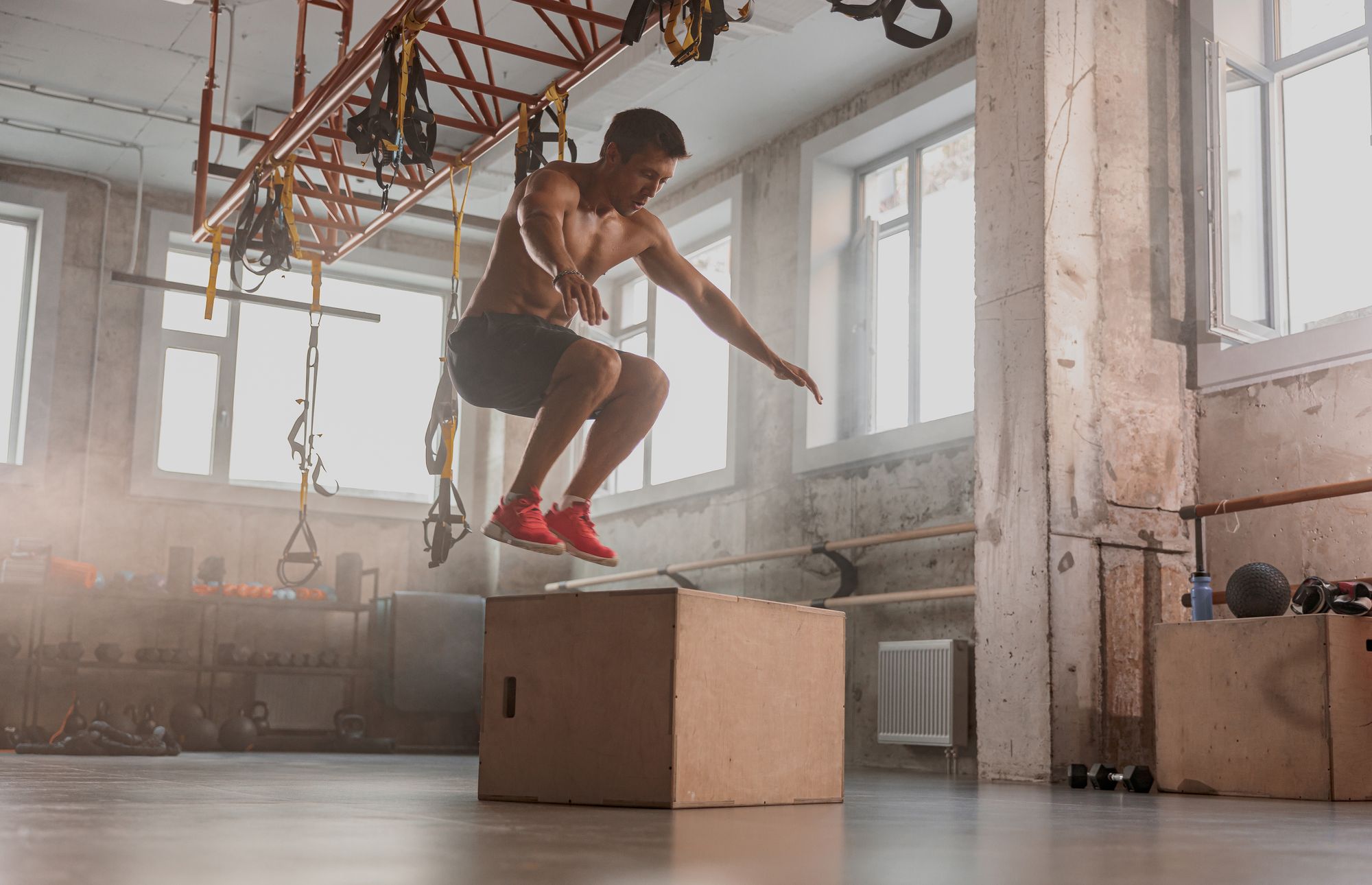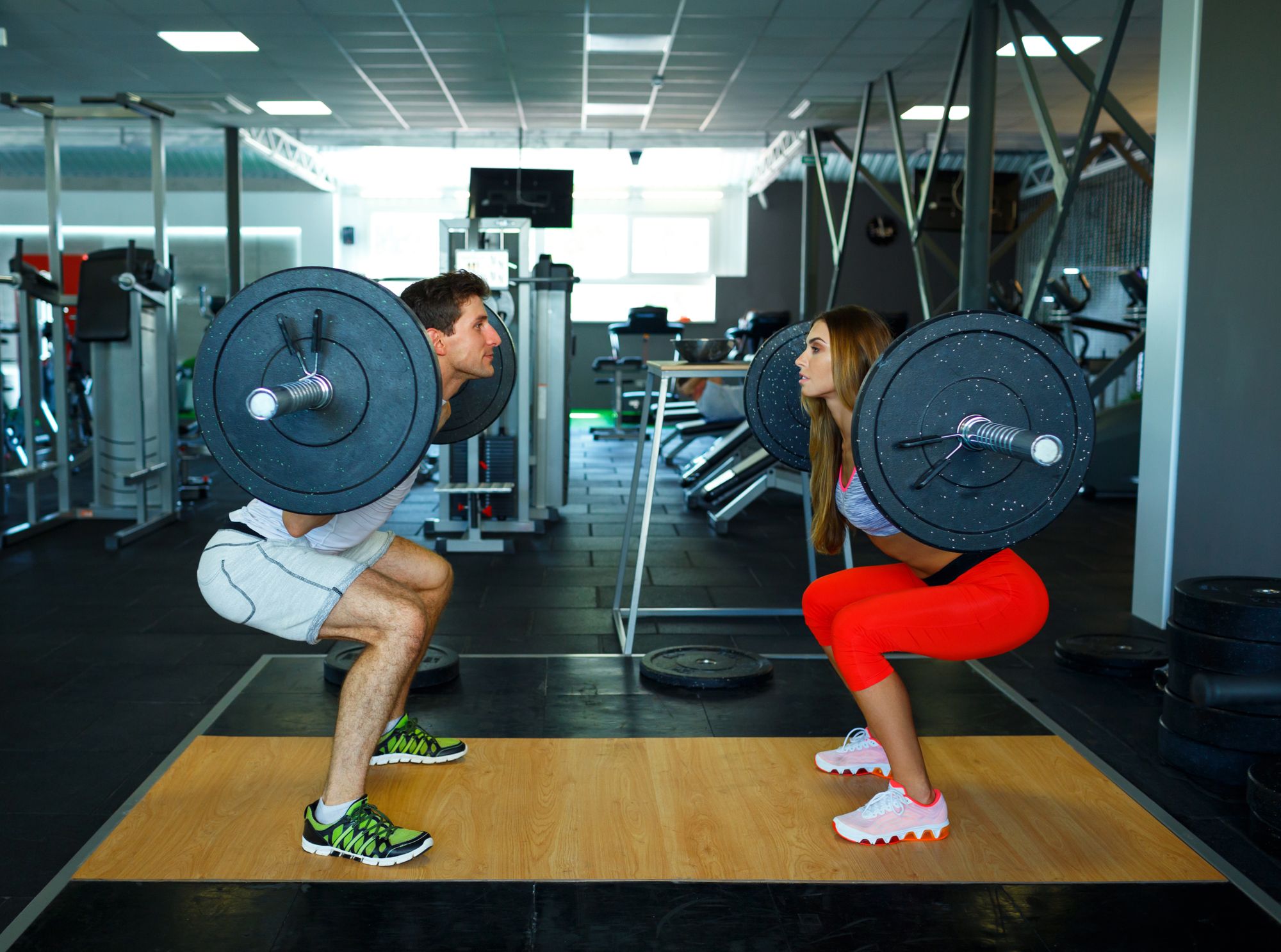Functional Fitness: What Is It and How to Incorporate It into Your Training
Does going to the gym count as "functional fitness training"? And if it doesn't ... should you care? Answer: yes. Find out more in this article.

“Oh, you go to the gym? That’s great, but your training isn’t really … functional, right?”
If you haven’t come across feedback with similar sentiments to the above statement when talking about your fitness journey, you’re one of the lucky ones.
But if you have (hi-five, by the way 🖐️), after you got over the initial eye-rolling urge, you likely — as reluctant as you may be in admitting it — felt a seed of doubt wriggling its way into your mind:
Maybe they’re right? Maybe just going to the gym isn’t functional (i.e., “good” enough)?
It’s an uncomfortable thought to entertain for sure, but is there even any truth to the fact that going to the gym equals not functional?
Let’s find out in this article.
What is functional fitness?
Safe to say, it’s downright silly to discuss the “functionality” of going to the gym without first defining what functional fitness is.
So, let’s start there.
Functional fitness — aka functional training — is working out in a way that prepares you for real-life movements and scenarios, like:
- Getting out of bed
- Standing up from a bean bag (it's a real Struggle, with a capital 'S' that'll have you looking like 👇)
- Climbing up a flight of stairs
- Falling and pushing yourself back up
- Scaling your fence when you’re locked out
In general, there are 6 dimensions to functional fitness:
2️⃣ Agility. Aka nimbleness. The ability to rapidly change your body’s direction, accelerate, or decelerate.
3️⃣ Stability. The ability to maintain postural equilibrium when still and in movement.
4️⃣ Movement and posture. Essentially, the ability to perform movements with the “correct” or “safest” form possible (e.g., not being stuck in a perma- anterior pelvic tilt position).
5️⃣ Strength. The ability to exert force to overcome resistance (this is likely the one functional fitness dimension you’re most well-acquainted with).
6️⃣ Stamina. The ability to sustain prolonged physical effort.
Who needs functional fitness training?
Think of functional fitness training, and you’d likely think that it’s the frail and elderly — those with bright yellow ‘Fall Risk’ tags around their wrists — who need it the most.
And while, yes, functional fitness will prove beneficial for them, the truth is that everyone needs it. Everyone. Including you. 🫵
Beyond simply helping you move better in real-life conditions (e.g., when you’re on a Sunday hike with friends, packing your apartment for a move, or zig-zagging away from a raging hippopotamus), functional fitness could also help you:
- Build bigger, stronger muscles because of increased ROM (disclaimer: sometimes, more ROM doesn’t always mean “better”)
- Improve your athletic performance by allowing you to move as efficiently as possible
- Lower your injury risk, so you can keep doing what you love for longer
So, how do I “do” functional fitness? What exercises are there?
Okay, so it's now clear that you need functional fitness training.
But … who said that whatever you’re currently doing in the gym isn’t functional? Oh, right. Everyone that goes, "Muscles built in the gym are useless”.
Are they right? TBH, they could be if those muscles were solely built through machine work and isolation exercises, like the leg press, leg extensions, hamstring curls, machine bicep curls, and cable triceps extensions.
As mentioned earlier, there are 6 dimensions to functional fitness.
In most cases, machine work and isolation exercises only help you work on 2 dimensions: 1) strength and 2) movement and posture (then again, even this is debatable).
On the flip side, it's important to note that it's 100% possible to "do" functional fitness training in the gym. And many people do. How?
There aren’t any special “functional fitness exercises” or “functional fitness workouts”.
Note: yes, technically, CrossFit, F45-style training, and Parkour are all “functional fitness” workouts — but the truth is that you don’t have to stick to a particular way of working out to practice functional fitness.
Instead, simply dedicating a portion of your training time to the following will help massively:
- Compound exercises. Think of your “Big Three” — the bench press, squat, and deadlift. These exercises will work your mobility, stability, strength, and movement and posture (4 dimensions of functional fitness).
⚡ Need help with the barbell squat? Check out these articles:


- Plyometric exercises. For the uninitiated, plyometric exercises, or “plyos” for short, are explosive exercises that require you to generate a large amount of force in a short period. Examples include the box jump, burpee, and pop squat. These work your agility, stability, strength, stamina, and movement and posture (5 dimensions of functional fitness).
- Mobility work. Thoracic, shoulder, hips, and ankle mobility … are all important to maximize your strength training efforts. And obviously, mobility work will help you work on your mobility (1 dimension of functional fitness).
Track your workouts with GymStreak
So, now you know. Gym workouts can be functional, too (take that, haters!) That said, you do have to be mindful of the exercises you choose to do in the gym.
Just like how eating a variety of plant-based proteins will help those on a vegan/vegetarian diet hit their essential amino acids intake, incorporating a variety of exercises and movement patterns into your training plan will help you train more functionally.
Need exercise inspiration? Want someone to take workout planning off your hands? Looking for an easy way to track your workouts and progress toward your fitness goals?
Then you should download GymStreak. This smart, AI-powered personal trainer app:
- Comes equipped with a comprehensive exercise library — so whether you’re looking for a “more functional exercise” or just hoping to “freshen up” your routine, you can quickly and easily find what you’re looking for
- Tailors your workout plan to your unique preferences (e.g., training frequency and equipment availability) and fitness goals (Cut or bulk? Or body recomp? Or maintain?)
- Helps you stay accountable to your nutrition plan (because, as we all know, training is only part of the equation when it comes to achieving your fitness goals)
And here’s a teeny-tiny sneak peek of the app:


